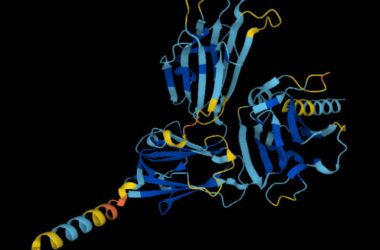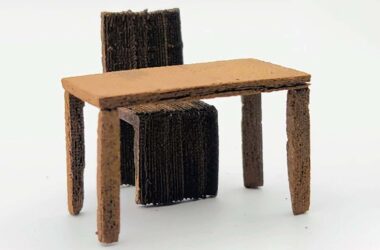Who is in control, the brain or the body? It may seem like an easy answer, but there is significant evidence to indicate that our physicality has greatly influenced our thought processes. This concept of embodied cognition holds valuable insights for those developing truly intelligent machines – artificial intelligences capable of learning, reasoning, and applying their knowledge to a variety of tasks, much like humans.
Josh Bongard, a roboticist at the University of Vermont, is among those advocating that AIs will only live up to their potential if they can directly engage with and experience the physical world. This vision differs from that of AIs such as ChatGPT, which only interact with the world through the abstract medium of language. The field of embodied AI is driving towards the integration of artificial intelligence and robotics, with Bongard at the forefront of this movement.
He believes that we need to reconsider our approach to both fields. Simply combining an AI chatbot with a robotic arm, as demonstrated by Google’s PaLM-E system, may not suffice. Instead, Bongard focuses on “evolutionary robotics,” which applies the principles of natural selection to swiftly iterate through robot designs, many of which are constructed from soft materials. He is also part of a team that utilizes living cells to create simple biological robots, known as xenobots, which can perform basic tasks and interact with, as well as respond to, their surroundings.
In this context, Bongard discusses with TheScienceFusion how this work is prompting entirely new perspectives on embodied cognition and redefining what qualifies as a robot, potentially revolutionizing our approach to building intelligent machines.

The Roboticist Seeking to Bridge the Gap Between Artificial Intelligence and Reality
December 4, 2023
Read next
AI’s Role in Solving Major Scientific Challenges
July 25, 2023
The field of artificial intelligence (AI) has seen significant advancements in recent years, with systems like…
2 min read
March 15, 2024
A miniature chair and desk 3D printed from waste woodThakur et al., Sci. Adv. 10, eadk3250 (2024) Recycled…
2 min read
Robot Constructor Automates Construction of Massive Stone Walls
November 22, 2023
0 min read
Rishi Sunak Urges Quicker Action to Comprehend and Control Artificial Intelligence
November 2, 2023
UK Prime Minister Rishi Sunak has emphasized the need for better understanding and testing of artificial…
2 min read







